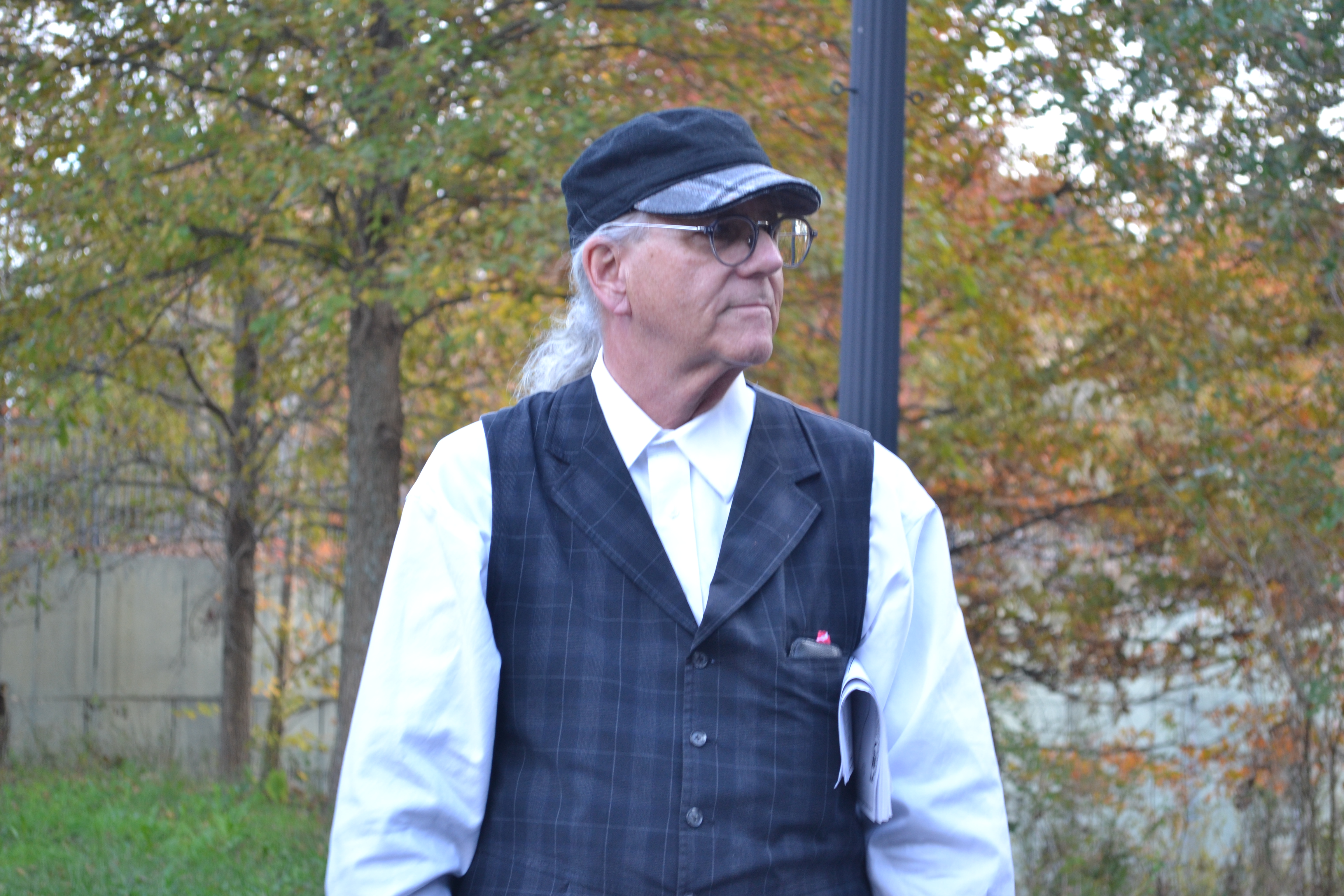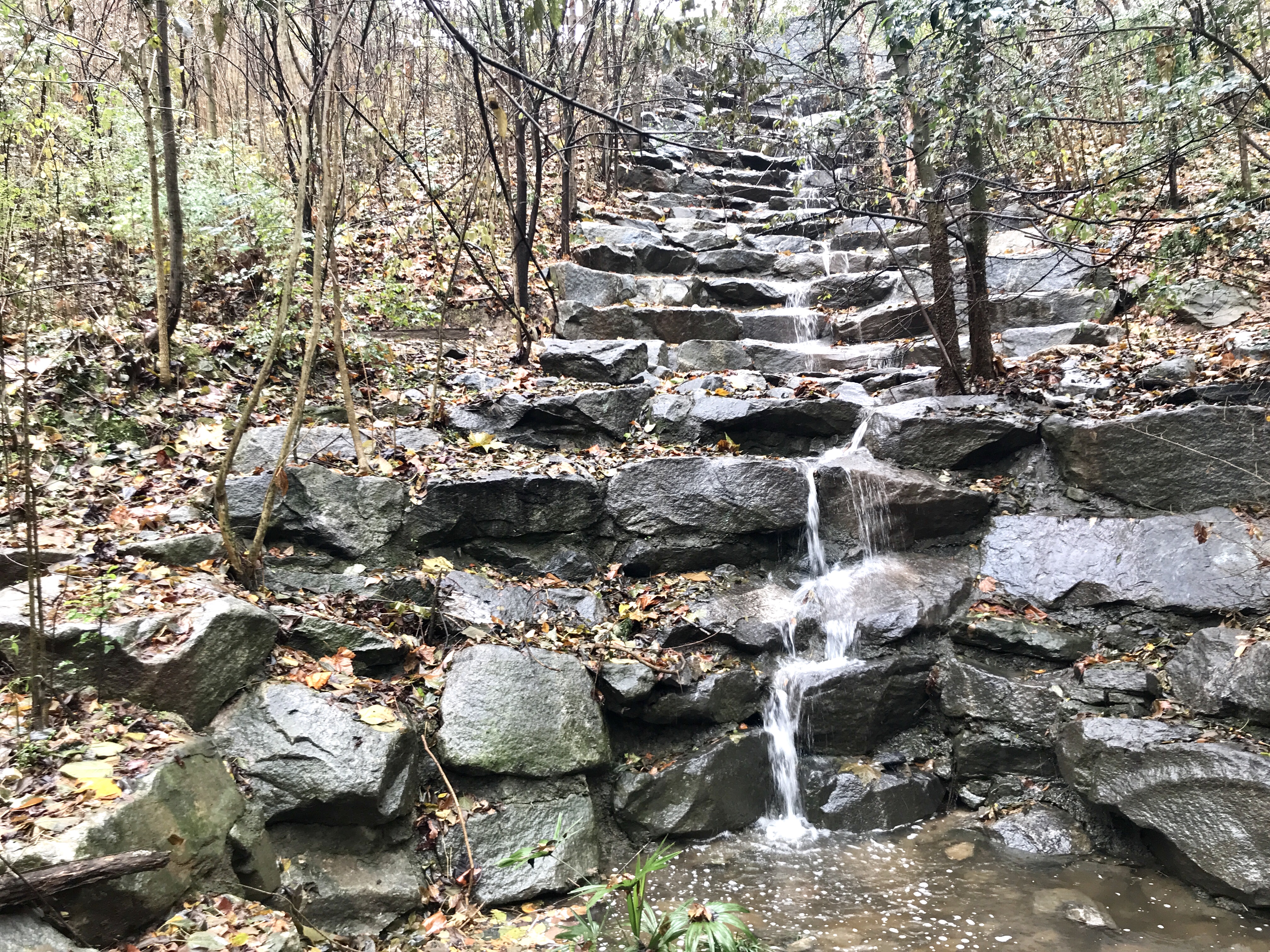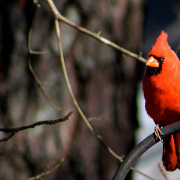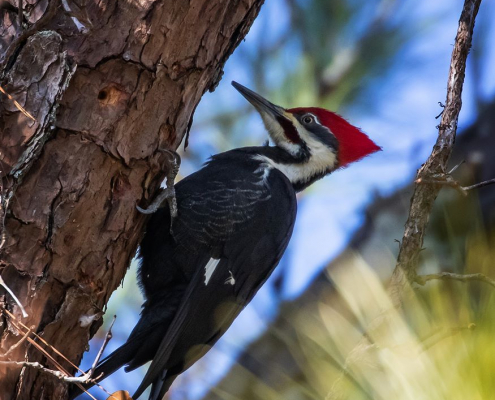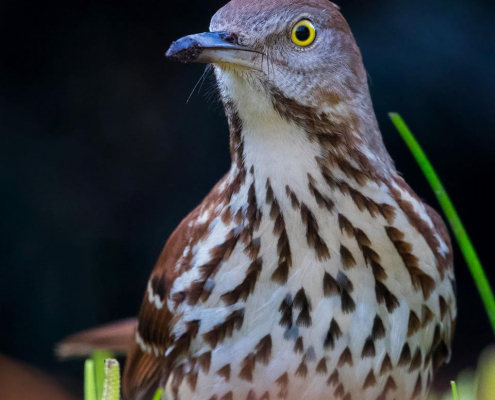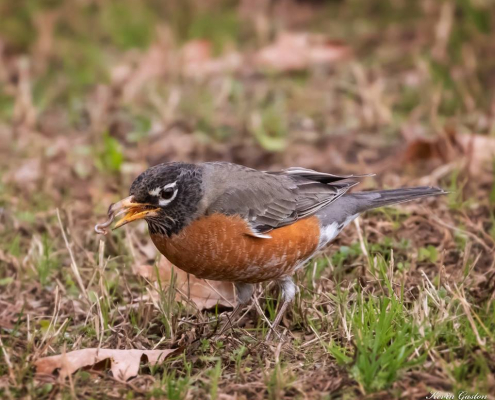The Greenbuild Conference Tours the Six Springs Wetlands
On Nov. 18, attendees of the Greenbuild Conference, the largest annual event for green building professionals worldwide, stopped by Piedmont Park to tour the Six Springs Wetlands and its unique stormwater management.
“This is a great opportunity to showcase the work that Piedmont Park Conservancy has done,” Howard Wertheimer, VP and COO, said. “Not only do we have the Wetlands, but we also have Greystone as a LEED certified building.”
The tour was led by Chris Nelson, former VP and COO of the Piedmont Park Conservancy until 2014. Conservancy staff members also joined the tour, which highlighted the innovative techniques used during the stream and wetland restoration of the Six Springs.
“Out of all the projects I have had the opportunity to work on, the restoration of Clear Creek and its accompanying tributaries and springs was my favorite,” Nelson said.
The Wetlands were taken over by kudzu and other invasive plants, until the North Woods Expansion Stream Restoration project took place in 2008 during the Park expansion.
The tour was attended by people from across the United States and the globe including California, New York, Philadelphia, Ohio, Georgia, Japan, France and London.
“Before the restoration began, it appeared to be just an ordinary overgrown mess of kudzu and other invasive plants,” Nelson said. “With the removal of the invasives, tons of discarded debris and the daylighting of the springs, it is now considered to be one of the premier areas for birding and for experiencing and connecting with nature in the Park. For me, it’s that hidden gem waiting to be explored.”
The system was formerly a concrete flume that was replaced with large boulders, imitating natural channel design techniques. The group observed and walked over the rocks, circling back to the bridge that rises above the Park.
“The Park contains an incredible wetland eco-system made up of a number of underground springs that continue to feed Lake Clara Meer and contribute to the flow of Clear Creek,” Nelson said. “A large number of these springs can be seen in the designated Six Springs area behind Magnolia Hall. Its unique water system supports the most diverse plant and animal life found in the park and Midtown.”
During the tour, the group heard the city of Atlanta: People jogging, people on scooters and dogs barking wedged between the ecosystem that the Park has preserved over the last 30 years, making Piedmont Park the true green heart of Atlanta.
If you’re interested in scheduling a tour, you can email [email protected]. The Park hosts free historical tours at 11 a.m. on Saturdays during the Green Market until November 30th.
If you are interested in supporting the Park, you learn more about membership at piedmontpark.org/membership.
Author: Jessica Vue


